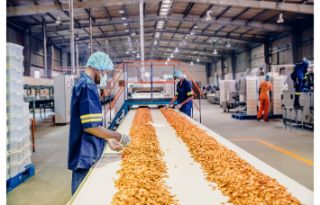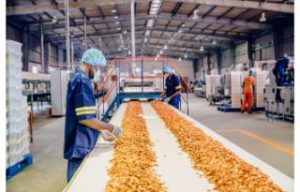The Digital Transformation of the Food Industry report, released in December, found the industry is rapidly evolving as it attempts to keep pace with consumers’ future needs. And it warn those who are slow to adopt digitising their processes may fall behind.
Identifying six key ways technology can aid the industry going forward, it predicts it will aid in finding data insights that may be overlooked by humans, predict future outcomes, optimise production, help employees upskill, provide a greater access to information and reduce the need for human involvement in processes and decision.
Applied to real industry situations, it points to examples of optimising the tracking of consumer preferences, automating food quality testing and using ‘digitally driven applications’ for transportation, among other examples.
Lead analyst for the report Harini Venkataraman said agrifood was playing catchup to other industries such as automotive in embracing artificial intelligence, augmented reality, robotics and other digital solutions, which he said offer the sector a great opportunity to create a more effiecint supply chain and meet consumer demands.
“To adequately meet this changing landscape, major industry players must act now to build a robust digital strategy that identifies the right set of digital tools for the right products to maximise the value-add for their respective businesses,” he said.
“As companies in the food industry are trying to embrace digital transformation, this report is a critical resource to uncover the true potential of digital technologies applied to the right use cases,” said Venkataraman.
“The fact is, food companies that resist the digital conversion will not be able to keep up with more digital-savvy innovators, and will face higher R&D costs, longer product development timelines, and shrinking market share.



You provided valuable knowledge regarding technology and nutrition. Thank you for providing pertinent information on this subject. I joined your blog’s mailing list.